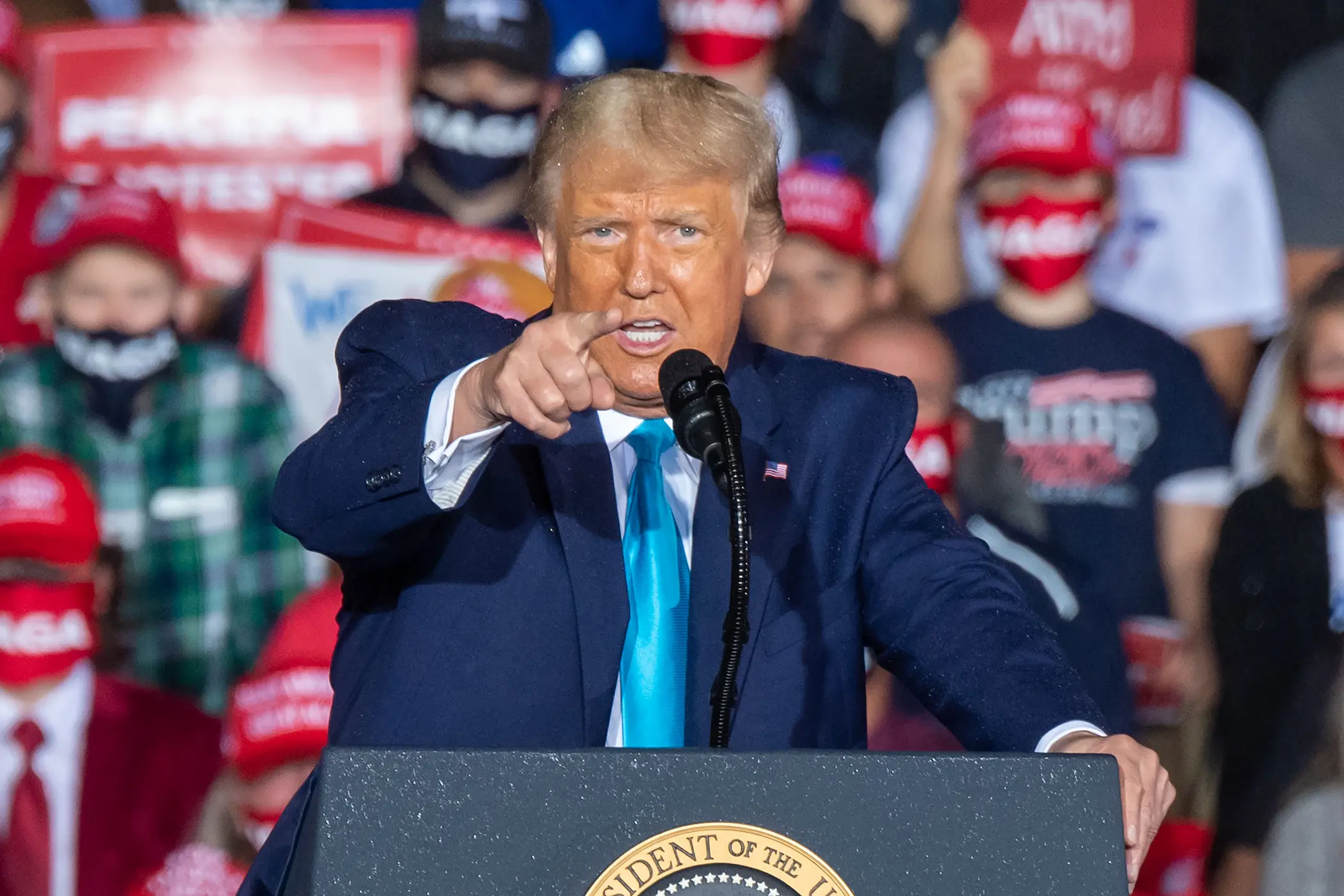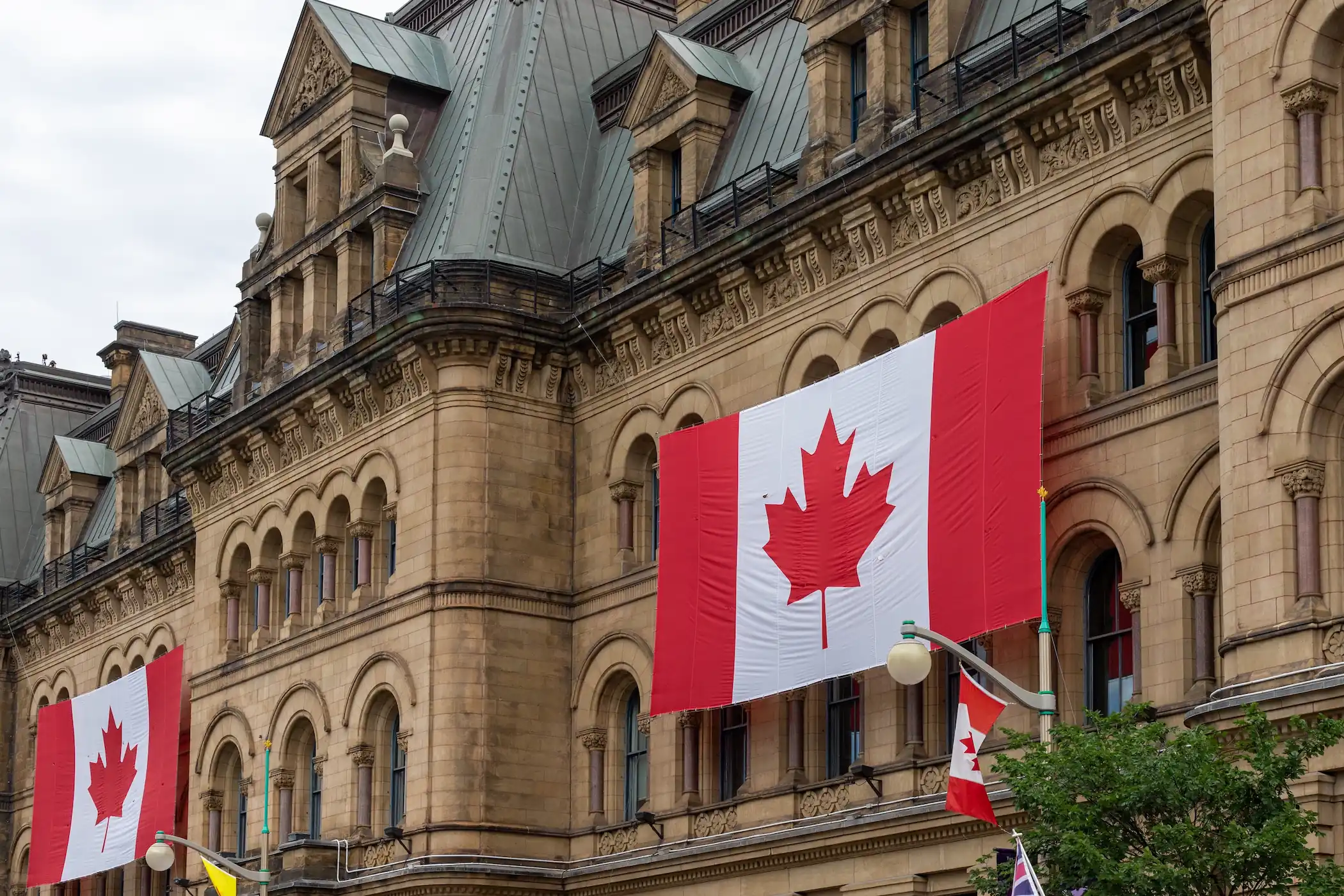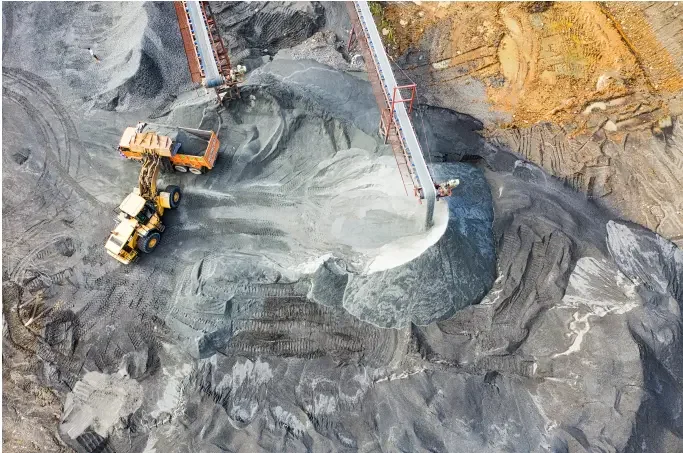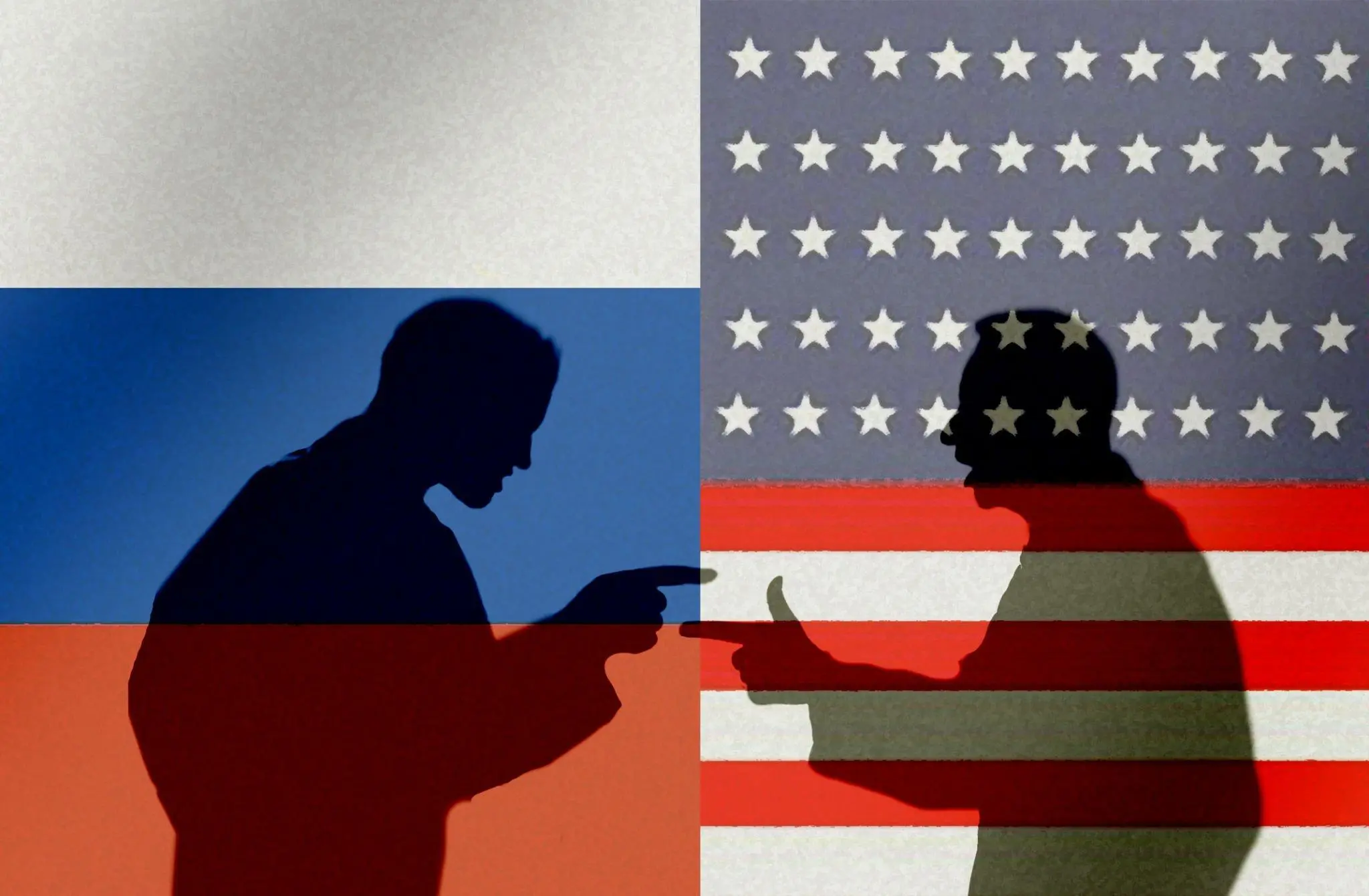Ahmed El-Saeid is an Senior Economic Researcher in the Early Warning Programme, which focuses on monitoring and forecasting geopolitical threats and social and technological conflicts and transformations.
Prior to joining Al Habtoor Research Centre, he served as an Economist at the Central Bank of Egypt in the Macro-Prudential department, where he conducted research on Egypt’s industrial sectors and their exposure to economic shocks in addition to the analysis of the domestic credit environment. He contributed to the CBE’s annual Financial Stability Report. He also worked at Delta Research Center as a Political and Economic Researcher and interned at the World Bank in the Office of the Vice President.
Ahmed holds a B.A. in Economics with a minor in History from the American University in Cairo. His research interests include technological transformations' economic, political and social effects and monitoring, analysing and managing the global economy’s risks.















